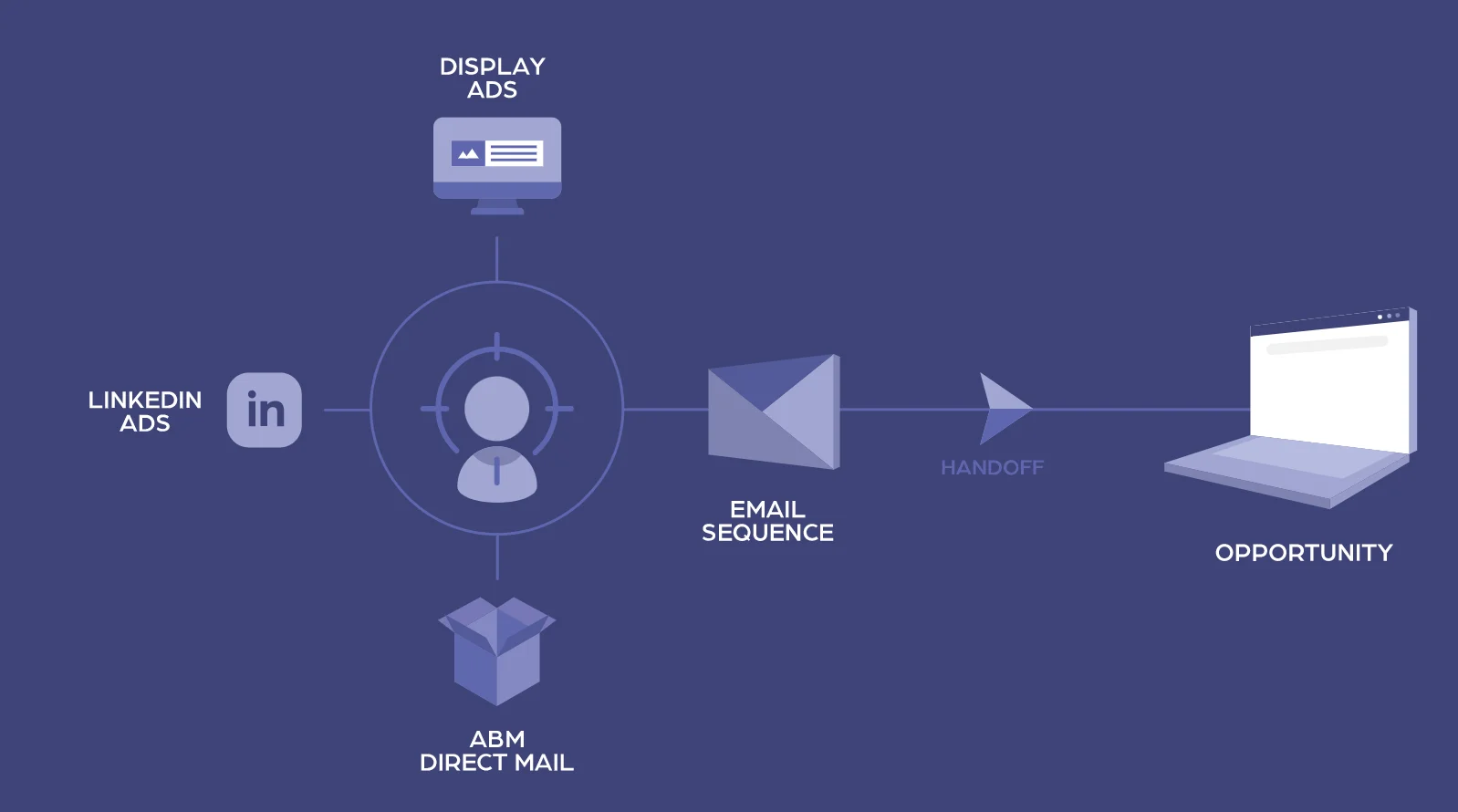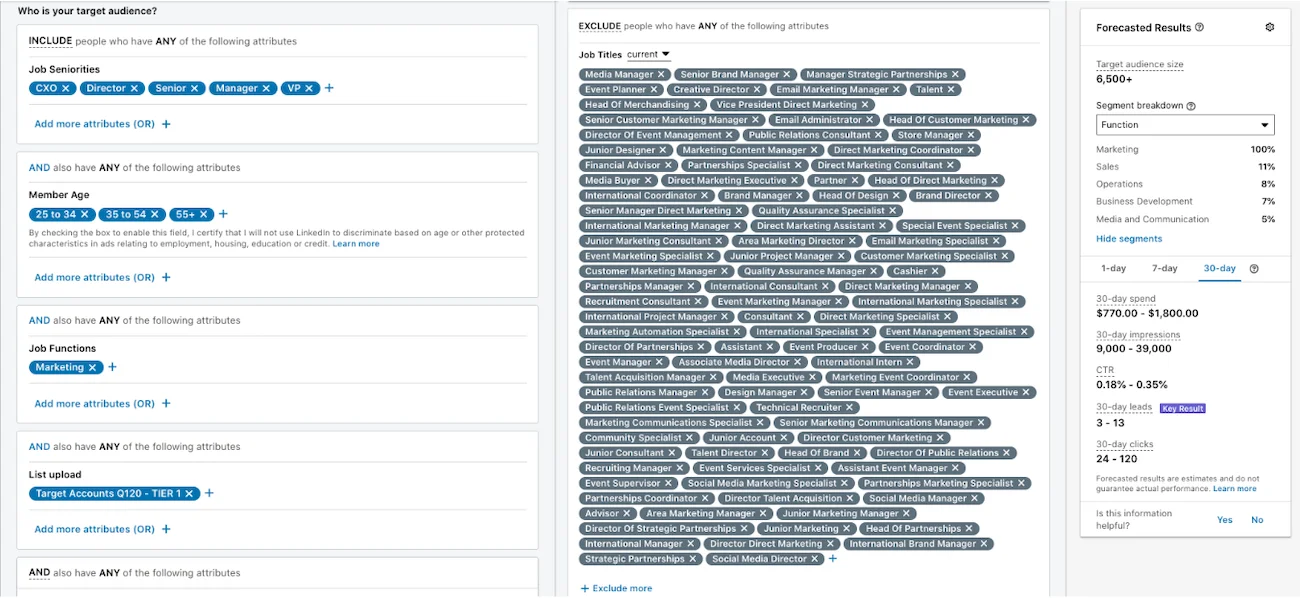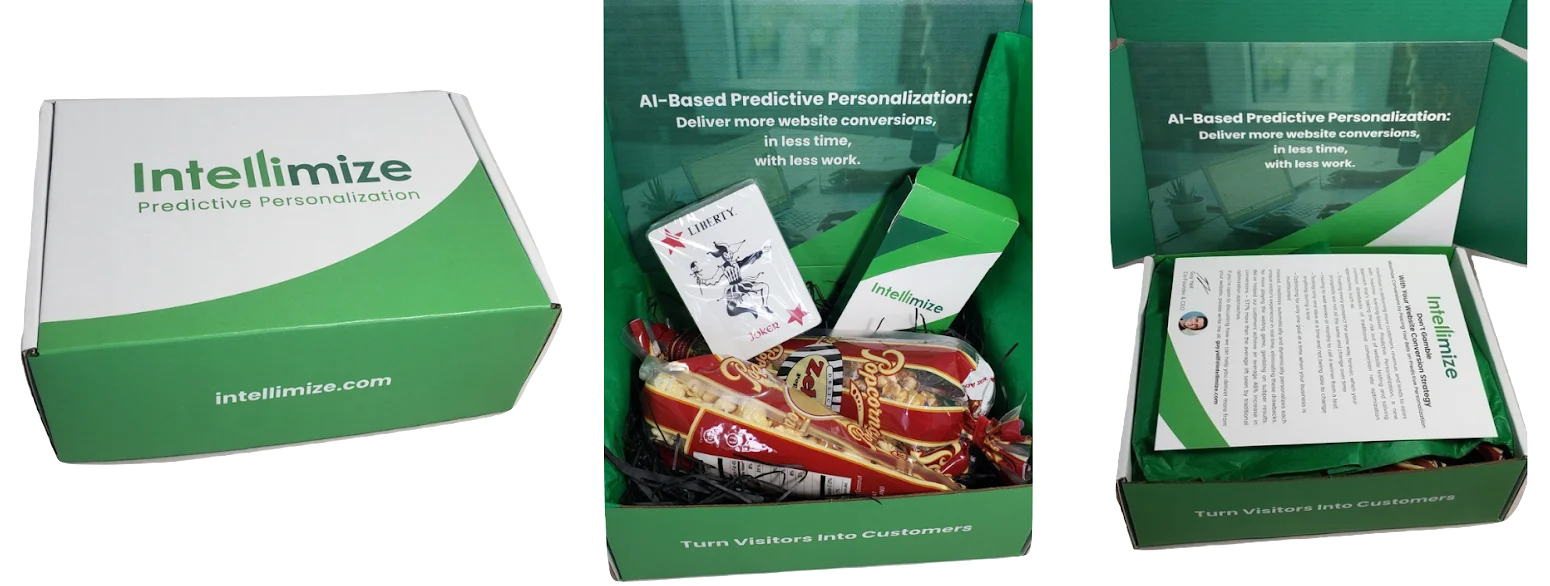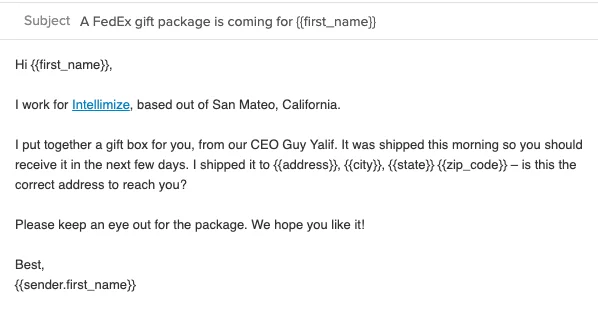

Intellimize, a predictive personalization platform for websites, wanted to scale its demand generation programs. Aside from wanting to grow the sales pipeline, their team wanted to better measure campaign ROI and connect the dots between lead engagement and opportunities in Salesforce. When there are multiple marketing campaigns running at the same time, it's important to have a clear to lead-to-opportunity handoff in order to attribute ROI to existing demand generation campaigns.
While the goal of ABM programs is to generate qualified meetings with target companies, leads and accounts must be tagged and tracked correctly within the CRM to identify the most successful campaigns. Intellimize also wanted to improve lead quality from ad campaigns, and increase conversion rate from lead to MQL, and from MQL to opportunity.
Intellimize partnered with SaaSMQL to increase the amount of qualified pipeline and opportunities generated each month. SaaSMQL’s approach relies on highly-targeted campaigns with multi-channel implementation and attribution. The solution consisted of 3 parts:

We defined the different stages from when a lead is created, qualified, handed off to sales, and converted into opportunity. We created triggers to automate lead status changes and lead assignments.
We leverage the Campaign object in Salesforce and attributed each single engagement to the relevant campaign, adding budget and channel.
We designed a custom lead handoff process between their Sales and Marketing teams, to ensure that all inbound leads are followed up with in a timely manner, while still being attributed to the correct Marketing campaign
We took a deep dive into Intellimize’s current customers and opportunities to understand not only what kind of companies they work with, but also which persona is most likely to champion their product. Aside from basic requirements like company size, technologies used, etc, we also used 3rd party intent data and anonymous visitor tracking to identify which companies were showing intent to buy, and which companies could benefit from their platform. This helped us build a strong list of 800 qualified, target accounts to engage across all marketing channels.

We launched targeted ads on LinkedIn to generate engagement from named accounts. We only focused on selected companies, and on roles/titles within our target persona. We ran these ads concurrently with other campaigns so that target accounts would see and engage with Intellimize across multiple channels.
We leveraged ICP learnings to build a list of target contacts within their Tier 1 accounts, then created a custom direct mail offer with a gift and incentive to take a meeting with the Intellimize team.

Leads who downloaded content on LinkedIn were enrolled in an automated follow-up email sequence, with the goal of further nurturing the prospects and converting them into qualified meetings. All Direct Mail recipients were also enrolled in an automated email sequence that mentions their incoming gift, confirms delivery of the box, and reminds prospects they can take a meeting to receive the incentive.

All leads and activities are tagged with UTM, so they can be tracked in the CRM and attributed to the correct campaigns and accounts. We leveraged the Campaign object in Salesforce to keep track of budget spent, pipeline generated per channel, and ROI. Our goal is to paint a clear picture of what campaigns influenced the target accounts to become opportunities.
We used the UTM tracking to create campaign dashboards displaying each channel’s ROI. The UTM tracking allows us to pull data per campaign, and even per marketing asset. This gives us a clear picture of which campaigns generate the most ROI, which content is driving opportunities, and which campaigns should be paused or optimized.
When Intellimize incorporated SaaSMQL’s highly focused ABM campaigns into their programs, they saw a surge in qualified pipeline. In just 9 months of running these programs, they generated 59 opportunities for over $5 Million in sales pipeline.
